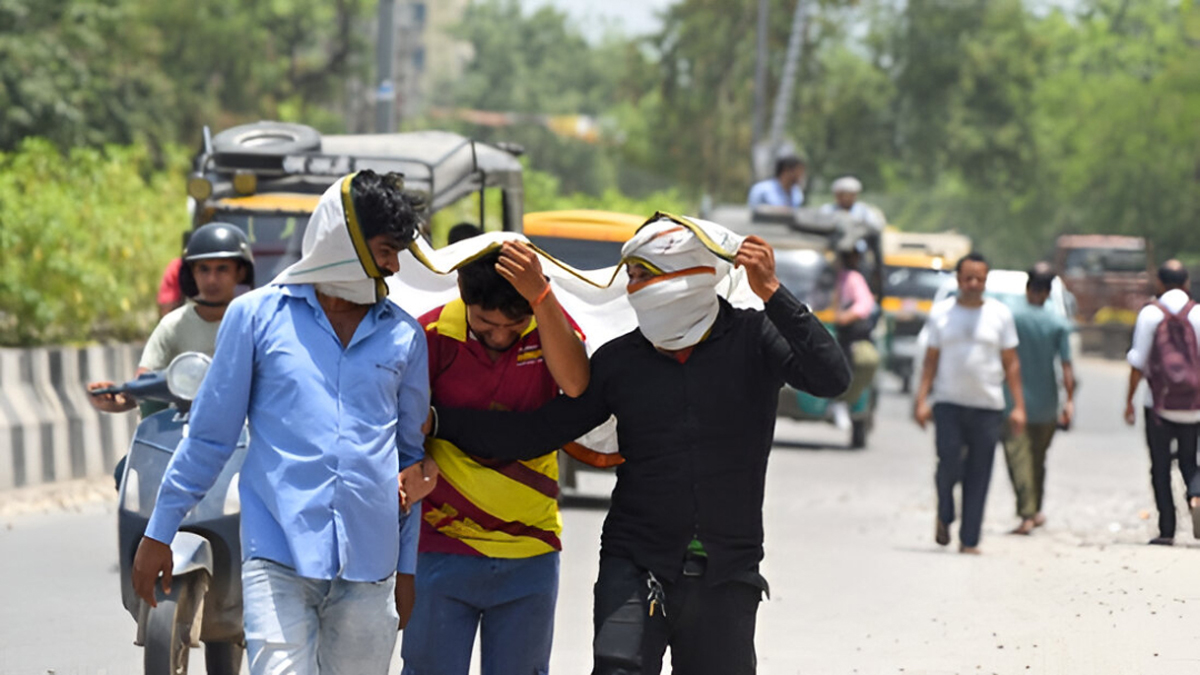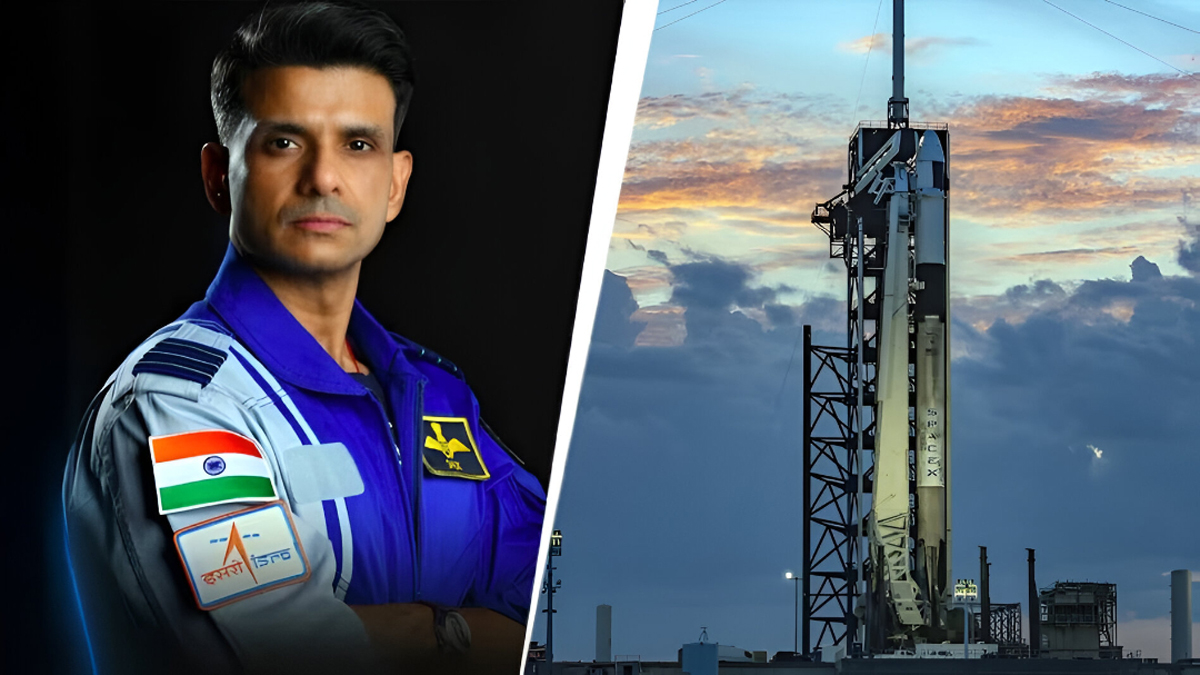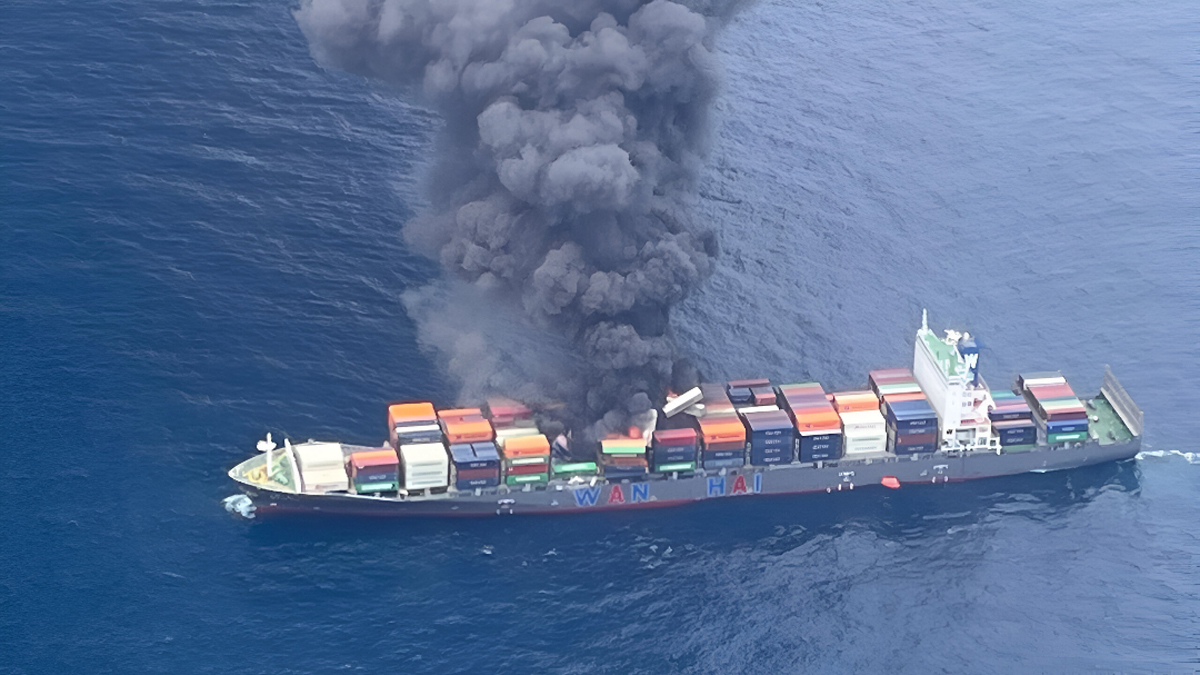Now Reading: Indian Metros Brace for Doubled Heatwave Days by 2030, Warns New Study
-
01
Indian Metros Brace for Doubled Heatwave Days by 2030, Warns New Study
Indian Metros Brace for Doubled Heatwave Days by 2030, Warns New Study

A recent alarming study reveals that India is on track to experience a significant surge in extreme weather events, with major urban centers like Mumbai, Delhi, and Chennai, alongside five other prominent cities, projected to witness a two-fold increase in heatwave days by the year 2030. This stark forecast underscores the escalating impact of climate change on the nation’s densely populated areas and calls for urgent and comprehensive adaptation strategies.
The study, a collaborative effort by development consulting firm IPE Global and GIS technology provider Esri India, titled “Weathering the Storm: Managing Monsoons in a Warming Climate,” was unveiled at the International Global-South Climate Risk Symposium in New Delhi. It paints a grim picture of India’s climate trajectory, predicting not only a doubling of heatwave days but also a staggering 43% rise in the intensity of extreme rainfall events across the country, making India both hotter and wetter.
Beyond Mumbai, Delhi, and Chennai, the cities identified as highly vulnerable to this two-fold increase in heatwave days include Surat, Thane, Hyderabad, Patna, and Bhubaneswar. This expansion of heat stress across diverse urban landscapes signifies a national challenge, impacting millions of lives and livelihoods.
The report highlights a disturbing trend of intensifying heatwaves in recent decades. Between 1993 and 2024, India recorded a fifteen-fold increase in extreme heatwave days during the March-May and June-September periods. More alarmingly, the last decade alone witnessed a nineteen-fold surge, indicating a rapid acceleration of these extreme climate anomalies. This rise in heat is intrinsically linked to local climate drivers such as deforestation, land-use changes, urban expansion, and the degradation of natural cooling systems like wetlands and mangroves, which exacerbate microclimatic shifts.
The consequences of such prolonged and intense heatwaves are far-reaching. They pose severe risks to public health, straining healthcare infrastructure and leading to increased heat-related illnesses and mortalities. The economic impact is equally substantial, with projections suggesting potential productivity losses across various sectors, particularly impacting outdoor workers in agriculture, construction, and informal sectors. Moreover, extended heatwave conditions are likely to trigger more frequent, incessant, and erratic rainfall events, creating a “double whammy” of climate extremes that can devastate urban infrastructure, agriculture, and water resources.
The study emphasizes that approximately 72% of India’s Tier-I and Tier-II cities are expected to face increased occurrences of heat stress and extreme rainfall events, often accompanied by other severe weather phenomena like storm surges, lightning, and hailstorms. Coastal regions, in particular, are projected to endure prolonged summer-like conditions even during the peak monsoon months, with around 69% of coastal districts facing heat stress by 2030, potentially rising to 79% by 2040.
In light of these dire predictions, the study strongly advocates for a proactive and data-driven approach to climate resilience. Key recommendations include:
- Establishing a Climate Risk Observatory (CRO): A centralized platform utilizing Earth Observation data and predictive climate models to provide real-time, hyper-local risk assessments and early warnings.
- Appointing Heat-Risk Champions: Integrating dedicated heat-risk champions within district disaster management committees to prioritize and unify heat mitigation efforts at the local level.
- Developing Risk Financing Mechanisms: Creating instruments to cushion the economic blow of climate-induced disasters and support vulnerable communities and businesses.
- Integrating Spatial Intelligence: Utilizing GIS technology for city planning, agriculture, and disaster response to visualize and respond to climate risks effectively.
As India prepares for upcoming global climate negotiations, the findings of this study serve as an urgent reminder that climate-proofing the economy and safeguarding its citizens is no longer an option, but an essential imperative. The shift from reactive responses to proactive, data-driven planning is crucial for building a resilient future for India’s rapidly urbanizing landscape.










